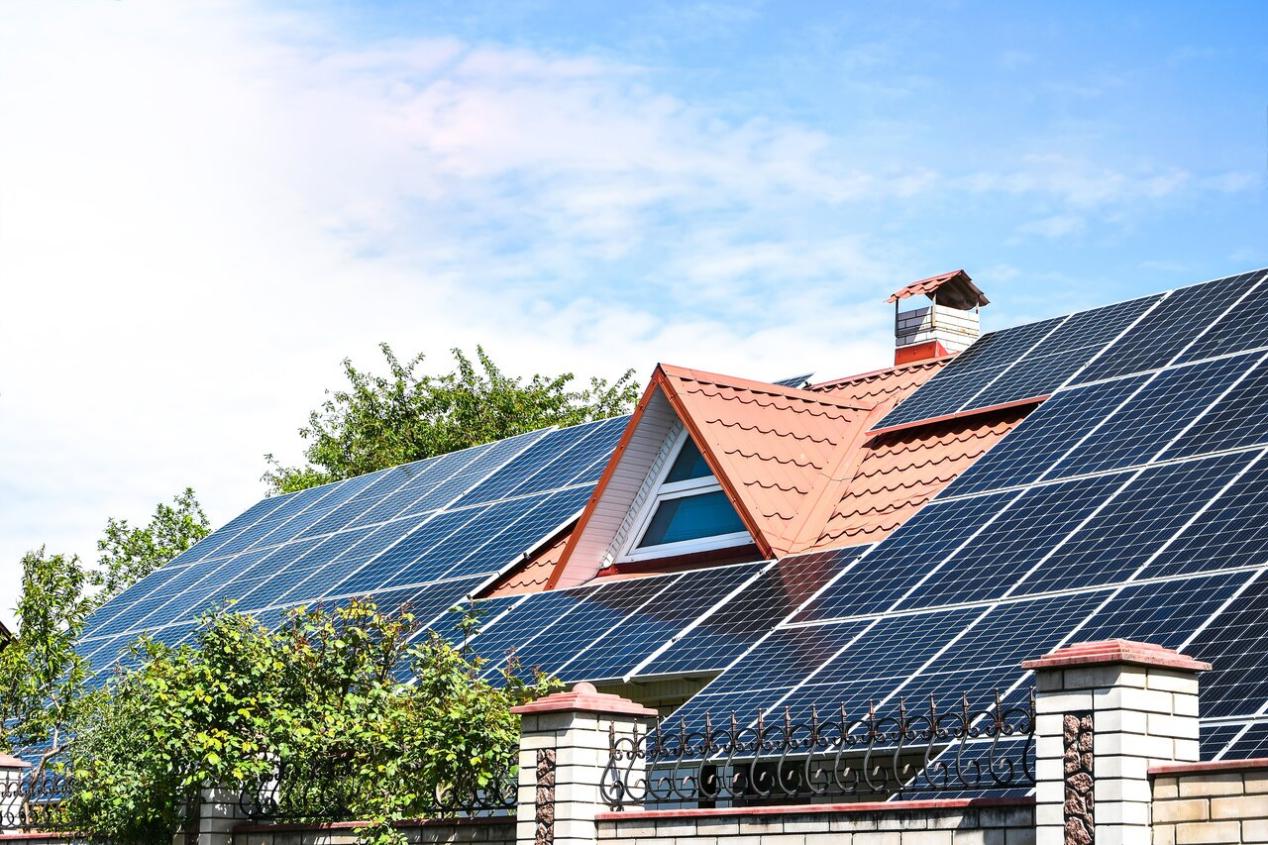Solar Roof: An Investment or a Waste?
Replacing your roof with solar panels is a forward-thinking decision that merges sustainability with smart, long-term savings. As energy costs rise and technology advances, more homeowners are embarking on this transformative journey. While the idea of harnessing your rooftop as a power source is compelling, it’s crucial to assess factors like installation costs, efficiency, and whether it aligns with your home’s needs.
Replacing your roof with solar panels is a forward-thinking decision that merges sustainability with smart, long-term savings. As energy costs rise and technology advances, more homeowners are embarking on this transformative journey. While the idea of harnessing your rooftop as a power source is compelling, it’s crucial to assess factors like installation costs, efficiency, and whether it aligns with your home’s needs.

Is Your Roof Ready for Solar Installation?
When contemplating transitioning from a traditional roof to one equipped with solar panels, it is essential to first evaluate the current condition of your existing roof structure. Should your roof be exhibiting significant age or visible signs of deterioration, this presents an opportune moment for a solar installation, as it would be inconvenient to dismantle the panels later should repair works become necessary. Conversely, if your roof is relatively new and in good condition, you can likely proceed with solar panel installation without the need to replace the roof, provided it can cater to the added weight and installation dynamics involved. It is advisable to engage a roofing expert who can offer professional insight before making your final decision.
Optimizing Energy Efficiency at Home
Replacing your traditional roof with one utilizing solar panels can serve as an effective strategy to enhance your household’s energy efficiency. The integration of solar panels offers the dual benefit of reducing reliance on conventional energy sources and consequently lowering energy consumption while minimizing environmental impacts. To further elevate energy performance, consider pairing solar panels with energy-efficient roofing materials, which can improve insulation and reduce thermal loss. However, it's crucial to consider the quantity of sunlight your property receives and evaluate whether the local climate and solar exposure will justify the financial investment of installing this system.
Assessing Roof Space and Design Specifications
Before embarking on the project of replacing your existing roof with a solar panel system, it is critical to ascertain the suitability of your roof's design and its spatial capacity. Solar panels typically yield optimum results when installed on large, flat, or moderately inclined surfaces preferably oriented southwards to maximize sunlight absorption. Should your roof be characterized by complex angles, shading, or restricted surface dimensions, it may necessitate reconsideration. Consultation with a solar specialist can provide a detailed assessment of your roof's feasibility, allowing for the design of a system that optimizes energy yield.
Evaluating Long-Term Durability
Consideration of the long-term durability of both the roofing structure and the solar panels is paramount. Solar panel installations are often long-lasting investments, accompanied by warranties extending over many years. Nevertheless, it is equally important that the roofing materials underneath possess similar enduring qualities to prevent complications in the future. Installation on a roof lacking in lasting strength might lead to premature repairs or replacements, incurring additional expenses. Careful deliberation on whether your roof and solar installation will endure environmental elements over time is vital.
Environmental Consideration and Impact
For environmentally-conscious homeowners, integrating solar panels into your roofing might resonate with your sustainable ethos. Solar power is a renewable energy source that significantly reduces carbon emissions unlike traditional energy sources. By opting for solar panels, you can notably diminish your household's carbon footprint while advancing efforts toward a sustainable future. However, it is pertinent to research the environmental implications regarding the production and disposal of solar panels, so you are fully aware of the potential trade-offs involved.
Understanding Local Regulations and Incentives
Prior to initiating a solar roof replacement, it is crucial to familiarize yourself with local building codes as well as homeowner association requirements. Certain regions may impose restrictions on solar installations or have particular regulations concerning the visual impact on your home. Furthermore, many locales present attractive incentives or rebates for solar panel installations, enhancing the appeal of the investment. Thoroughly investigate applicable regulations in your vicinity and explore any incentives that could favorably influence your decision.
Final Thoughts: A Bright Opportunity or Not?
Transitioning to a solar roof could be an advantageous endeavor if your current roof is positioned for such an upgrade. Adequate sunlight exposure and a desire to boost your home’s energy efficiency further support this decision. Nonetheless, it is crucial to carefully consider various factors, including the roof's current condition, design details, long-term durability prospects, and the environmental impact of the transition. Engaging with professionals and reflecting on these factors will guide you in assessing whether this substantial investment aligns well with the goals you have set for your home.








